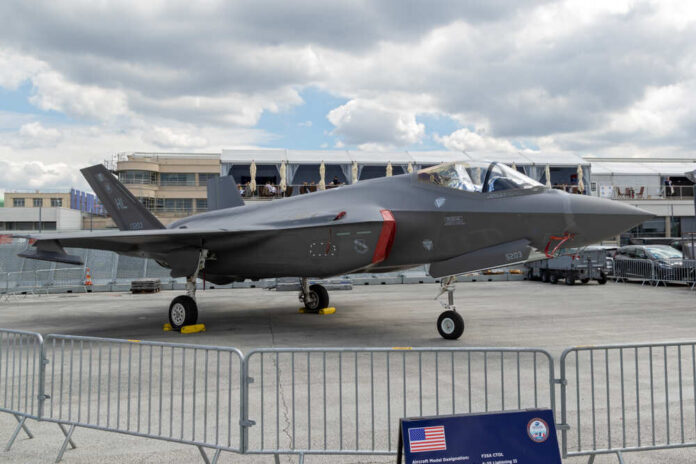
At a think-tank event on Thursday, Sen. Dan Sullivan (R-AK) alleged that the Pentagon shot down a request by the 11th Air Force in Alaska to fire at a Chinese spy balloon prior to it entering American skies.
Sullivan told attendees at the Hudson Institute event that the Alaska unit’s F-22 and F-35 fighter jets had spotted the balloon “from far away” and sought approval to blast it before it entered the nation’s airspace on Jan. 28, only to be told no.
Chinese Spy Balloon #Scoop – US senator claims Pentagon refused an early request from US Air Force in Alaska to shoot down the balloon #BalloonGate
https://t.co/y6U9VZDqiC— Demetri (@Dimi) March 3, 2023
“Our Alaska commanders requested permission to shoot it down. Was denied,” Sullivan remarked, according to the Financial Times. “I’m not sure that’s public, but it’s a fact,” he said.
The Alaska senator previously appeared on CNN to discuss the controversial fiasco, telling show host Jake Tapper that the Alaskan air force had tracked down numerous aircraft flying over North America. He also blasted what he described as the Biden administration’s “lack of transparency” surrounding the matter.
As Breitbart News reported, the aircraft initially entered U.S. airspace over the Aleutian Islands on Jan. 28, soon after flying through Canadian airspace before returning to the U.S. once more on Jan. 31. The outlet found that Biden was not briefed by the Pentagon on the matter until March 1.
Pentagon Press Secretary Air Force Brig. Gen. Patrick Ryder reportedly said to the Financial Times that NORAD Commander Gen. Glen VanHerck instructed the 11th Air Force to “identify and monitor the high altitude balloon,” before concluding “it did not present an immediate military threat.”
The military did not proceed to shoot the balloon down until it flew throughout the U.S., ultimately firing after it flew over the Atlantic Ocean via South Carolina on Feb. 4.
Officials from the Pentagon have yet to explain why the Chinese spy balloon was not taken down from the sky prior to its invasion of U.S. airspace.
Representatives of the government have claimed they did not want to blast the balloon after it entered U.S. skies in order to avoid harming citizens on the ground, with many casting doubts on such assertions given that much of Alaska and Montana are lightly populated.














